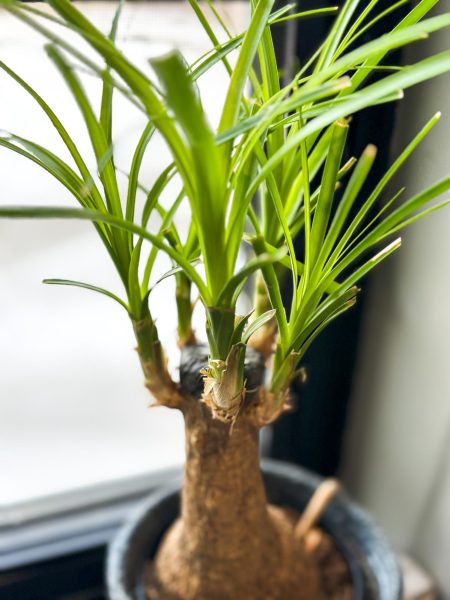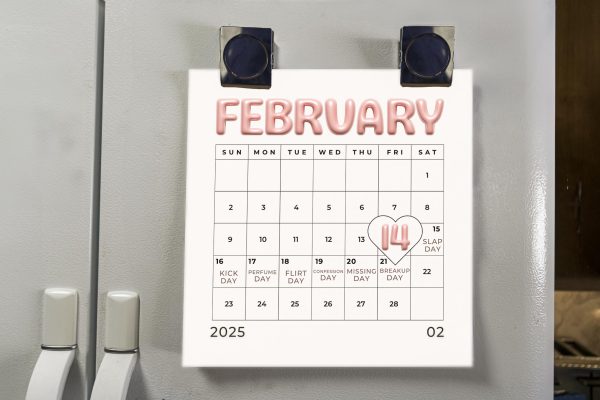Doing as the Romans do
The first week in Rome was about getting my bearings and taking everything in without getting completely overwhelmed, which is easier said than done.
In comparison to Florence, Rome is gigantic, with around four million people — and that is not even counting the annoyingly large amount of tourists.
The second day in the Eternal City we had a school tour guide show us the basics of getting around the bustling Roman city center. We started at the beautiful Piazza Navona, where we were serenaded by street performers and selfie-stick venders while marveling at the giant cathedral and the amazing fountains that covered the large square.
In the heart lies Fontana dei Quattro Fiumi, an incredible fountain with amazing sculpture work toward the bottom that was designed by Bernini. What makes it so much more spectacular is the fact it is topped with an ancient Egyptian obelisk that papal leaders… borrowed from Egypt.
After the square, we moved on to seeing different churches. It does not matter how big or small a church is in Rome because almost all of them are beautifully designed inside. If it is not the beautifully crafted mosaics and paintings on the ceiling, then it’s marble sculptures and works of air that line the ways of each place of worship. There was a church (I am) that had one of the most beautiful domes anyone had even seen. But as you got closer and closer to being under it, you start to realize that the dome is completely not real. The artist had painted it in such a way that the “dome” looks extremely real, but only from certain angles.
We continued our tour through the side streets and piazzas of Roma, and turned the corner to see the Pantheon waiting for us. The large temple turned Catholic Church is a massive building that takes up most of the square it resides in.
Upon entering the ancient building, I was struck by the beam of light cascading down from the large circular opening in the ceiling.
Other than candles, the Pantheon is completely lit by the opening in the dome, which gave the building a feeling of serenity amongst the chaos of tourists and school trips. In between the pillars and sculptures lies a surprisingly modest altar, surrounded by a set of pews. Do not let it distract you though. The real treat lies just off to the left of the alter. Underneath a beautiful sculpture of Mary and baby Jesus lays one of the most famous artists of all time. Unbeknownst to me at the time, I came to find that this is where famous Renaissance painter Raphael now calls home. His tomb is covered behind a thick pane of glass, but it was amazing to think that I was actually staring at one of the greatest artistic minds in history — or what was left of him). It was probably the best way to end our tour.
The next day, we had the “harsh” reality of remembering why this was called STUDY abroad.
Classes started up and it was time to reintegrate myself with actual classes. It had seemed like a lifetime ago that I was in O’Kelly sitting in a lecture hall. As part of my internship program, I need to take the second level of Italian because it will help me integrate into the Italian working world. This gave me anxiety because as I had learned in Florence, Italian was not my strong suit.
Our teacher is incredibly nice and helpful, but even on the first day I was being challenged. It felt, and still feels, like if I had missed the first word or sentence, I would be completely lost for the rest of the exercise or until she explained things in English. I have not had that much “culture shock” on this trip, but going into a class where I really did not understand what was going on at times really hit me. I hadn’t been this lost in class since high school chemistry.
If you study abroad in a country that doesn’t have English as its first language you are going to get frustrated at times. Just remember to breathe and go at your own pace, but not to give up either.
The first week felt like just a tease to what was about to come. I loved seeing the basics, but I was ready to see what else the Eternal City had waiting for me.
Alex Stadnik is a staff writer for The Dakota Student. He can be reached at alexander.stadnik@my.und.edu.






